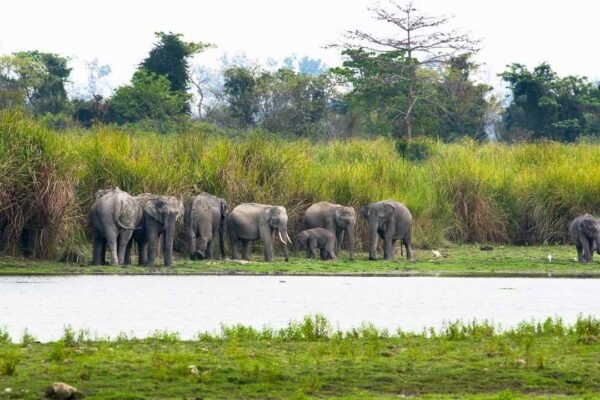The Kushiyara River has inundated several areas in Karimganj district, raising alarm among residents. Particularly hard-hit is the Lafasail area near the Indo-Bangladesh border, where river water has surged into local canals, threatening to flood multiple villages.
As water levels rise, local frustration is directed at the Water Resources Department for perceived inaction.
“The situation could have been controlled if the department had acted earlier,” a Lafasail resident said, highlighting widespread anger. Locals argue that preventive measures were inadequate, leaving communities to fend for themselves amid the escalating threat.
Across Assam, more than 16.50 lakh people are affected by floods spanning 29 districts. Major rivers are flowing above danger levels. The death toll from floods, landslides, and storms this year has climbed to 56. In Kamrup district, an alert has been issued as the Brahmaputra, Digaru, and Kollong rivers have surpassed critical levels, submerging extensive tracts of land.
Kaziranga National Park is suffering its worst deluge in recent years, leading to the death of 31 animals due to drowning, while 82 others have been rescued. As of Thursday evening, 95 out of 233 camps in the Eastern Assam Wildlife Division remained inundated, down from 141 earlier in the day.
Dhubri district is the most severely impacted, with over 2.23 lakh people affected. Darrang and Lakhimpur districts also face severe conditions, with nearly 1.84 lakh and more than 1.66 lakh people respectively enduring the floodwaters. The Brahmaputra River continues to flow above danger marks at Nimatighat, Tezpur, Guwahati, Goalpara, and Dhubri, exacerbating the crisis.
Authorities are under mounting pressure to respond to the widespread devastation, as residents across Assam grapple with the aftermath of one of the most severe flooding events in recent history.









